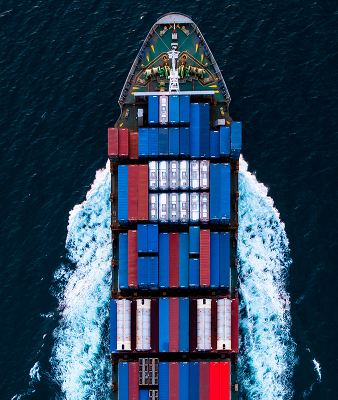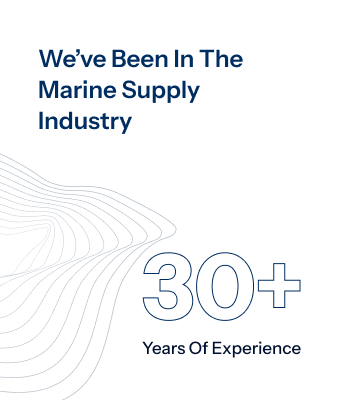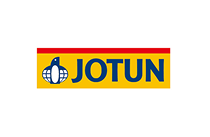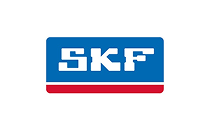Bian Soon Trading Co., Your One-Stop Ship Supplies And Your Marine Logistics Company In Singapore.
Established since 1980, Bian Soon Trading has been a top-choice in marine logistics and marine ships supplies and parts in Singapore.


As Singapore continues to thrive and maintain their status as the world’s most important shipping centre, BST wants to evolve with the changes and empower the nation.
Building on our decades-long experience as a ship chandler and service provider, BST wants to facilitate entrepreneurship in our corporate culture by providing solutions and simplify the logistics and supply chain process for businesses and like-minded partners.
We are buoyed by the spirit of enterprise to be your most trusted maritime partner and ensure you have everything you need to excel in what you do.
Enquiry item
$25.00 – $98.00Price range: $25.00 through $98.00
$25.00 – $98.00Price range: $25.00 through $98.00
$7.00 – $56.00Price range: $7.00 through $56.00
$7.00 – $56.00Price range: $7.00 through $56.00
$70.00
$3.00
$45.00
$35.00
$35.00
Enquiry item
Enquiry item
Enquiry item
Enquiry item
$439.00
$439.00
$99.90
$309.00
Enquiry item
Enquiry item
Enquiry item
Enquiry item
Enquiry item
Enquiry item
Enquiry item
Enquiry item
Enquiry item
Enquiry item
Enquiry item
Enquiry item
Enquiry item




























